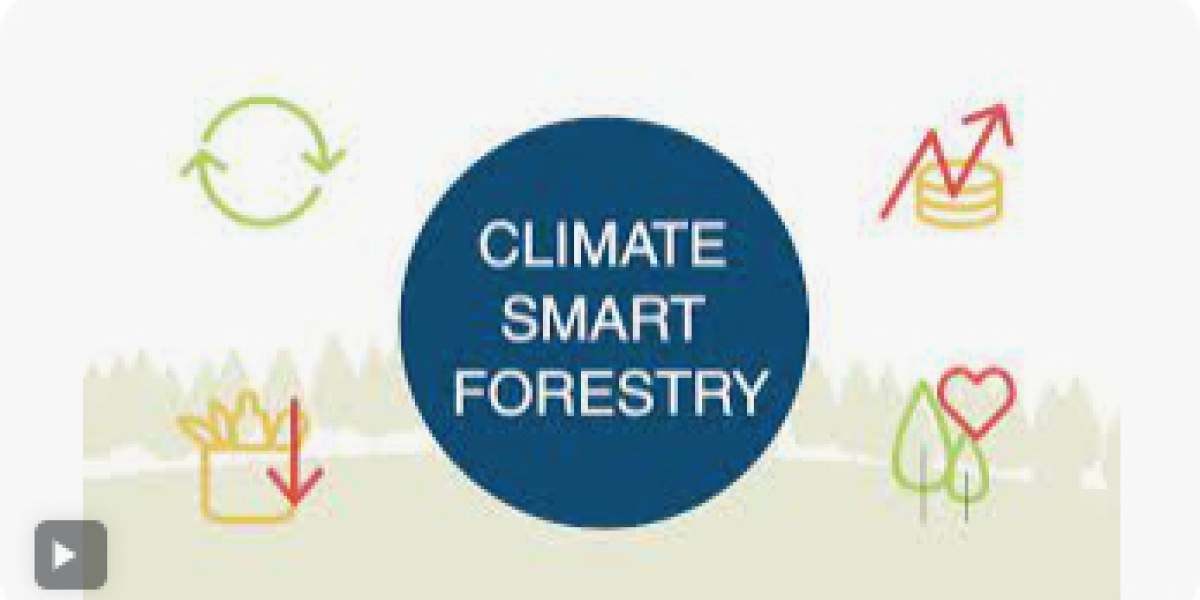.The concept of a "second brain" refers to a personal knowledge management system that helps individuals capture, organize, review, execute, synthesize, and search for information and documents. Here's a breakdown of how a second brain might handle activities and documents:
1. Capture: The first step is to capture all relevant information, tasks, and documents as they come. This can be done through various means such as note-taking apps, digital voice recordings, or email inboxes. The goal is to capture everything that might be important or useful in the future, including meeting notes, ideas, to-do items, and important documents like invoices and contracts.
2. Organize: Once captured, the information is sorted and organized into appropriate folders, tags, or databases. This step involves categorizing and structuring the information in a way that makes sense to you. For example, you might create folders for different projects, tags for specific topics, or use a database to store and retrieve information.
3. Review: Periodically, it's important to review the stored information. This helps to update tasks, delete or archive obsolete information, and integrate new data. Regularly reviewing your second brain ensures that the information remains current and relevant. It also provides an opportunity to revisit ideas or tasks that may have been overlooked.
4. Execute: With a well-organized second brain, you can focus on executing tasks more efficiently. Because all the relevant information is readily available, you can easily retrieve the context and details you need to complete your tasks. This reduces the time spent searching for information and enables you to work more effectively.
5. Synthesize: One of the benefits of a second brain is its ability to help synthesize new ideas. By connecting disparate pieces of information stored within it, you can discover relationships, patterns, and insights that may not have been apparent initially. This synthesis of information can lead to creative thinking and problem-solving.
6. Search and Retrieve: Searching for and retrieving documents or information is made easier by the well-organized nature of the second brain. With appropriate folder structures, tags, and search functionalities, you can locate specific items quickly and efficiently. This saves time and reduces frustration that may arise from searching through scattered or disorganized files.
Overall, a second brain serves as a personal knowledge management system that enables you to capture, organize, review, execute, synthesize, and search for information and documents in a structured and efficient manner. It helps you stay organized, make better-informed decisions, and maximize your productivity.






